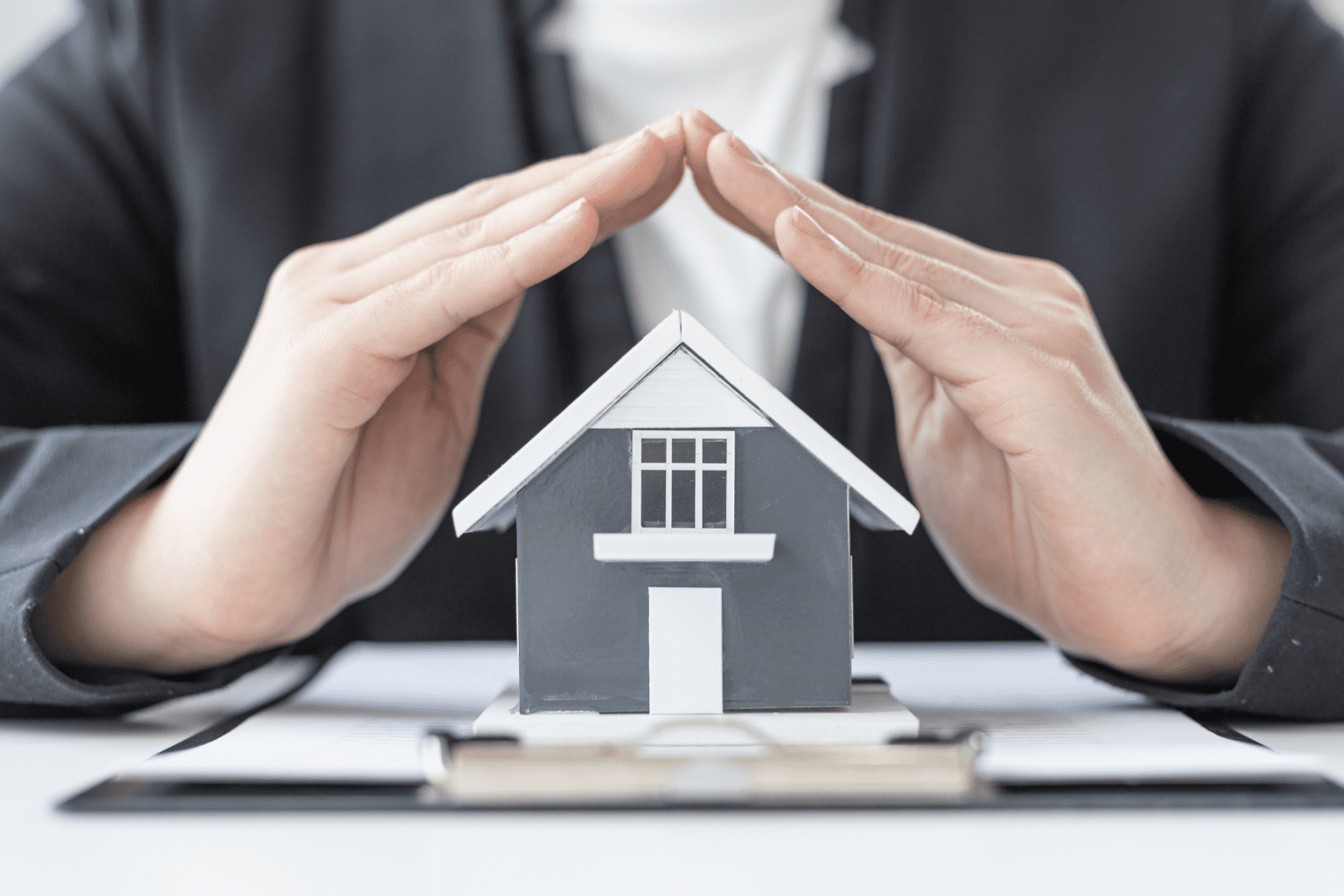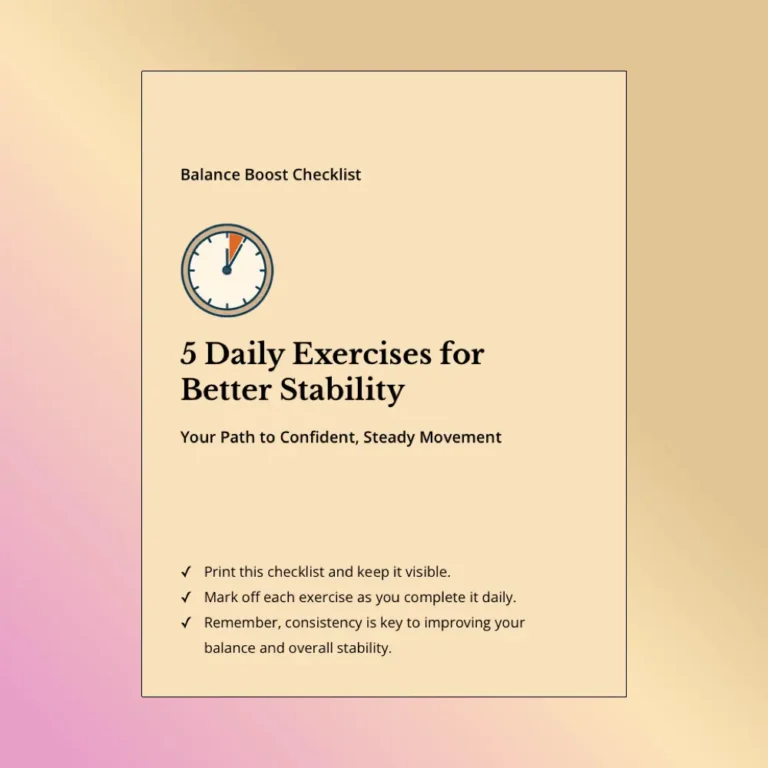
Highlights

As we age, our homes can become trickier to move around in, making a home safety assessment for seniors something you really shouldn’t put off. This evaluation process helps identify potential hazards and suggests modifications that can make your living environment safer and more accessible. By taking a good look at your home, you can lower your fall risk and enjoy the benefits of aging in place with greater peace of mind.
A home safety assessment is simply a thorough inspection of your living environment to find potential hazards that could cause accidents or injuries, especially for older adults. It involves looking at each room for safety hazards, checking how accessible everything is, and figuring out what changes might improve overall safety. This safety assessment is an evaluation that serves as a proactive step for maintaining independence while ensuring you have a secure home environment.
The numbers don’t lie; falls are the number one cause of injuries among seniors. According to the National Council on Aging, one of the most common issues is fall injury in older adults, with one in four seniors experiencing a fall each year. These accidents can have serious consequences, including broken bones, head injuries, and loss of independence. By making home safety a priority, you’re not just protecting yourself physically but also creating an environment that supports your emotional health. A safe home helps you feel secure, letting you enjoy your surroundings and carry on with daily activities without constant worry about potential safety hazards.
Your living room is often where you spend most of your time, relaxing and socializing. However, it might contain several hazards:
The kitchen can be challenging for seniors because of all the cooking and cleaning activities:
Bathrooms are particularly dangerous when it comes to falls. Here are important changes to think about:
A safe bedroom is important for good sleep and easy movement:
The exterior of the home should also be safe and accessible:
Once you’ve looked over your entire home, you need to figure out which hazards are the most dangerous. Think about things like how often you use the area, how badly you could get hurt, and how likely an accident is to happen. For example, a loose rug in a hallway you walk through several times a day needs immediate attention, while a messy drawer you rarely open can wait. A comprehensive home safety assessment helps identify potential safety hazards based on your health status and mobility needs.
After identifying all the hazards, create a step-by-step plan to tackle the most serious safety concerns first. It’s a good idea to get family members involved in this process for additional perspectives and help. Budget is also important to consider, since some changes might require professional help or special products. If you’re wondering how to pay for home modifications, you might want to check out this guide on senior home modification financing.
If you need help with home modifications, finding local services that specialize in safety evaluations can be really helpful. Many organizations offer personalized assessments and recommendations based on your specific needs. Occupational and physical therapists often provide professional home safety assessments and can create a safer home environment tailored to your specific needs. The home safety evaluation identifies hazards that might not be obvious to the untrained eye.
If you’d rather handle some modifications yourself, there are plenty of online resources that can guide you through the process and suggest tools and products for self-assessment. Websites like Home Safety Evaluations: Critical Checklist provide detailed checklists to help you along. The National Institute on Aging also offers a comprehensive home safety checklist that covers everything from fire safety to electrical safety.
Local community programs often offer services specifically designed to help seniors maintain safe living environments. These organizations might provide resources for home modifications, funding options, and volunteer assistance. Your local Area Agency on Aging can provide information about free home safety assessments in your community. Medicare Part B may cover a home safety assessment if your doctor orders it as part of your health risk assessment, especially for seniors aged 65 and older.
What is the Room-by-Room Evaluation Process?
The room-by-room evaluation process involves checking each area of your home for potential hazards. This methodical approach ensures you don’t miss any important safety concerns, giving you a complete picture of your living environment. Home assessments are a crucial part of fall prevention strategies for seniors who wish to live independently.
How Do I Prioritize Safety Modifications?
To prioritize safety modifications, start by identifying the most dangerous areas in your home. Focus on changes that address high-risk situations, like fall risks in frequently used spaces such as the bathroom and kitchen. Create a timeline for making your home safer based on urgency and budget. Consider installing slip-resistant flooring for seniors in high-traffic areas to reduce fall risk.
Where Can I Find Follow-Up Resources?
Many websites and organizations provide follow-up resources for seniors looking for help with home safety evaluations. The Local State Health Insurance Program can provide information about coverage for home safety assessments, along with some low-cost safety solutions. Physical and occupational therapists can provide comprehensive evaluation services to ensure the safety of your home.
Conducting a home safety assessment isn’t just a task to check off your list; it’s an empowering step toward creating a secure living environment as you age. By systematically checking your home and making thoughtful changes, you can significantly reduce risks and improve your quality of life. Remember, safety is an ongoing process; regular evaluations and adjustments are important for maintaining a safe home environment. Take this opportunity to rethink your surroundings and make sure your home remains a place of safety and comfort.
For a practical tool to help with your home evaluation, consider downloading a comprehensive home safety assessment from the National Institute on Aging that you can use during your evaluation.
I’d love to hear about your experiences with home safety modifications in the comments below. Your insights could help others on their journey to safer living.
Technology can play a significant role in creating a safer home environment for seniors. Consider these options:
Safety needs can change with the seasons. Here are some considerations:
Safety goes beyond physical modifications. Building a support network is equally important:
As we age, our needs continue to evolve. It’s important to:
A safe home environment doesn’t just protect you physically; it has psychological benefits too:
Creating a safe home environment is one of the most loving things you can do for yourself as you age. It’s an investment in your wellbeing, independence, and quality of life. By taking the time to evaluate your home and make necessary changes, you’re setting yourself up for years of comfortable and secure living in the place you love most.
For more information on keeping seniors safe at home, watch this informative video on how to create a safer home environment:
A home safety assessment may also include home improvement recommendations to help you age in place comfortably. The importance of home safety cannot be overstated for elderly loved ones who want to remain in their homes for as long as possible. If you’re receiving home health care, your occupational therapist may perform a home safety assessment along with some low-cost modification suggestions.
